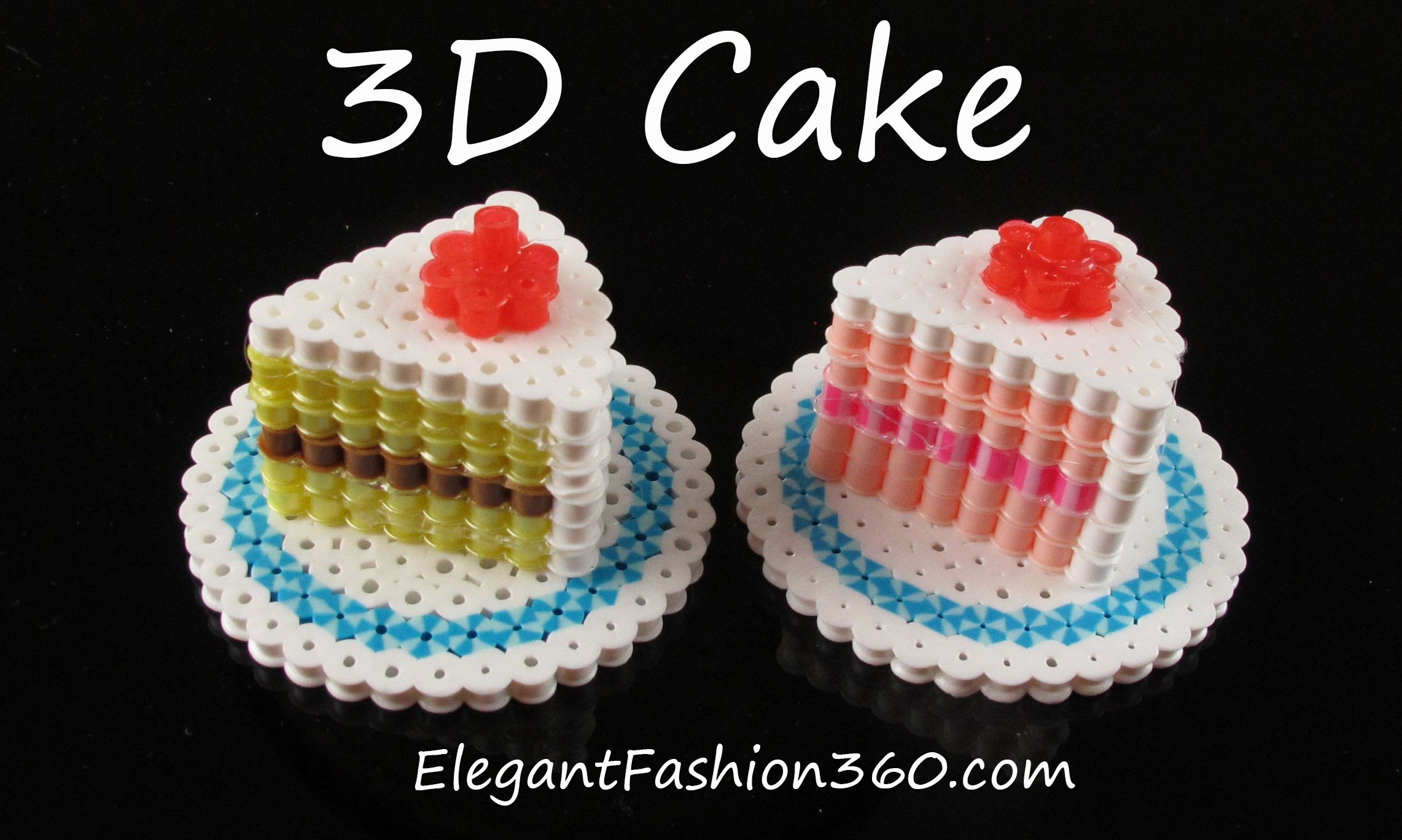
In Solid Color I chose any color that would suit my work better – in my case, it was light orange. Zdepth went in the alpha channel, by Ctrl+clicking on a channel thumbnail to select it properly, and with active selection I added a Solid Color layer on top of the renders in Lighten layer style. When I was done with those additional materials, I put an AO pass on top, with a Multiply, and Opacity set to about 30-40%. For example, I drew metal damage this way, painted dark stones around cracks, and moss on convex surfaces. I took a brush with cool edges and carefully showed those different materials. I put one render as a base, and on top I added my additional renders with extra materials and put a black mask on them. With renders ready I sent them all to Photoshop, finally.

Main materials in place and proper lighting is set up Also, you can add some extra guidelines with shadows. The idea here was that the dark silhouette overlapped with the lightened elements, and so objects would be readable.

I stopped when I liked the result, but it was not finished yet! Now I created a few planes, and partially close sunlight. So I created the sun in Blender, set the power I needed, an orangey color (since I imagined that piece in a sunset). Usually, I just have a base idea about my light – day, sunset, night, foggy, and so on. When the materials were created and properly assigned, I started to rotate my lighting around, to find the best angle (I do some temporary light even before texturing, but at this step, I change it almost completely). And don't forget, that Blender deletes unassigned materials, so if you create extra material for additional renders, assign it for a simple box outside a camera view. I created a couple materials for each object: different stone textures, wood, sand, moss, new metal, rusty metal. I prefer to make a few renders to compose nicely later on, rather than spend too much time with a bunch of nodes. I set some nice HDR so the materials shaded correctly. Always think a few steps ahead about which process will be more efficient for you. So, first of all, I need to tell, that sometimes it’s better to texture one object, and then duplicate\instance it, instead of copying the material on a few objects later. Here I figure how his face is going to look, constructions for torso, arms, altars, and simple ornaments There are some simple runes on that armor, and some elements of these stones are used as altars. The giants were based on human proportions, but they are covered with dark fur and stony armor. On top of all that is based a big tent, and around the tent hangs some extra baggage. I looked at real spiders and "replaced" their parts with some mechanics. So I tried to make a simple, but believable, mechanism for the spider legs. Then, with reference, it's time to make good sketches for the mech and giants. I learn what decisions were made by the pros, and then try to use this knowledge in my piece.

I also love to put a couple of CG and traditional artists work in refs, something with similar mood or themes.

I'm away from my computer now but if you can help me understand the problem more I'm happy to help.Now, when I have a good presentation of my future image, I'll go hunt some cool reference! For this image, I looked for some mechanical-spider designs, Nepal landscapes and temples, a few screens from Shadow of the Colossus, and from the end of God of War (2018). The other interpretation is that when you export your work from 3dcoat, you want everything: the low-res retopo mesh, along with its PBR textures, and the high res sculpt mesh to all be exported to another application and something is not working. (not to insult your intelligence, i'm just trying to get a clear picture of the state of your 3dcoat project) so importing something with vertex color into, say blender, would require some legwork with custom attributes to get the shader to appear correct. 3dcoat allows you to skip the retopo->unwrap->bake phases (just do sculpt->paint) in which case it does not use image textures but vertex color. One is that you are actually trying to export a "painted sculpt object" to another program and your paint work isnt showing up. However when you describe your problem "textures and paint along with the Voxel" it could mean several things. Yes, a normal workflow as mentioned by archnila (sculpt->retopo->unwrap->bake->paint) should get you what you want with your PBR paint as image textures.


 0 kommentar(er)
0 kommentar(er)
